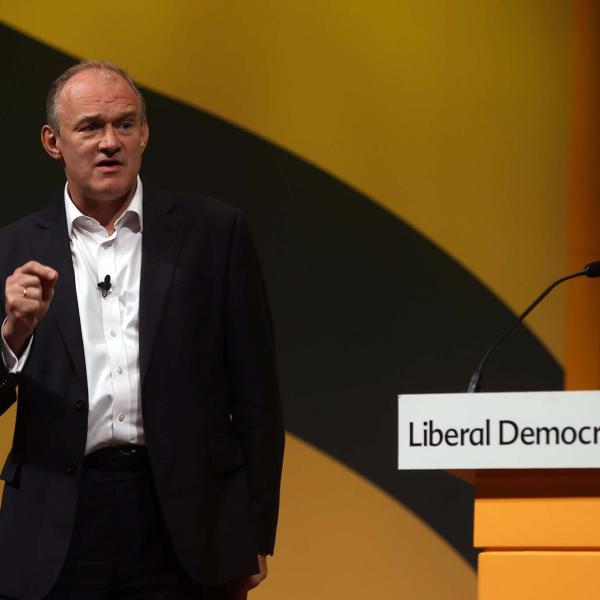A few weeks ago, the new Prime Minister made a reduction in NHS waiting lists one of his five key priorities for 2023. And one year ago today, NHS England published its plan for tackling waiting lists for elective care, which have continued to grow in the interim.
New IFS analysis, released today to mark one year since the publication of the NHS’s elective recovery plan, examines progress against the plan to date and sets out new scenarios for what might happen to waiting lists in England in the months and years to come. Key findings include:
- The NHS has made meaningful progress in its efforts to reduce the number of patients waiting a very long time for treatment. Waits of two years or more have been more or less eliminated. The aim of next eliminating waits of 18 months or more by April remains within reach. The overall strategy of setting incremental, achievable goals on the way to full recovery has much to commend it.
- Less progress has been made against the headline ambition to increase levels of elective activity to around 30% above pre-pandemic levels by 2024–25. So far, the NHS has struggled to increase the number of people it is treating from the waiting list each month, amidst ongoing pressures from COVID-19. Indeed, in the 10 months following the publication of the elective recovery plan, the NHS treated 5% fewer patients from the waiting list than over the same period in 2019. There were some encouraging signs in the most recent month of data, but activity is clearly lagging behind the planned trajectory.
- Delivering on this ambition would require double-digit (10.3%) annual growth in treatment volumes over the next two years: when combined with the planned increase in the number and fraction of patients treated outside of hospitals, this would take overall activity levels to around 30% above pre-pandemic levels. This compares with average annual growth of 2.9% in the five years prior to the pandemic. Given the continued pressures on the health service, we judge it highly unlikely that this target will be achieved within the desired time frame.
- Based on this judgement, and assumptions around the numbers of patients joining the waiting list for treatment, our central expectation is for the waiting list to more or less flatline over 2023. This assumes that the NHS will manage to significantly increase treatment volumes, but by less than originally planned. In this case, we would expect waiting lists to start falling meaningfully only from mid 2024.
- Our modelling suggests that for waiting lists to start falling meaningfully this year, either the NHS would need to achieve a truly remarkable increase in how many patients it manages to treat from the waiting list, or the number of people joining the waiting list would have to remain unexpectedly low – with no more joining than was the case pre-pandemic, despite a larger, older and sicker population.
Max Warner, Research Economist at IFS and an author of the report, said:
‘To its credit, the NHS has made real progress in its efforts to reduce the number of patients waiting a very long time for care, virtually eliminating waits for care of two years or more. But efforts to increase treatment volumes have so far been considerably less successful. In the 10 months following the publication of the elective recovery plan, the NHS treated 5% fewer patients from the waiting list than over the same period in 2019.
‘To turn things around, and deliver on the headline ambition of increasing elective activity to 30% above pre-pandemic levels by 2024–25, would require unprecedented double-digit growth in treatment volumes over the next two years. That would be more than three times the growth rate in the five years prior to COVID, and looks increasingly unreachable. As a result, it is likely that the waiting list will flatline rather than fall over the coming year.’









